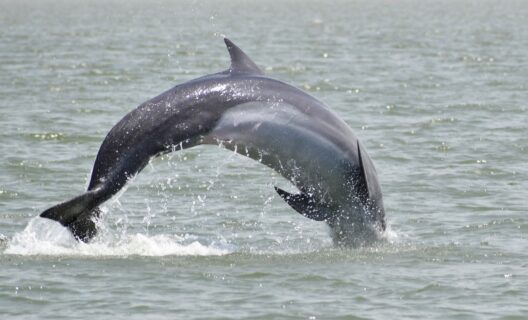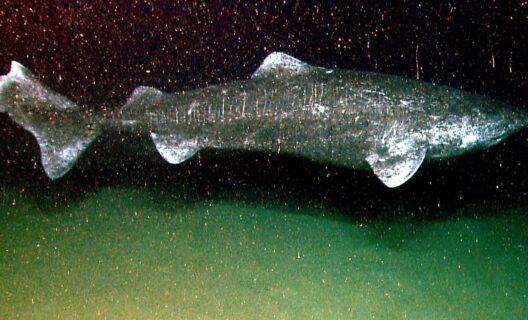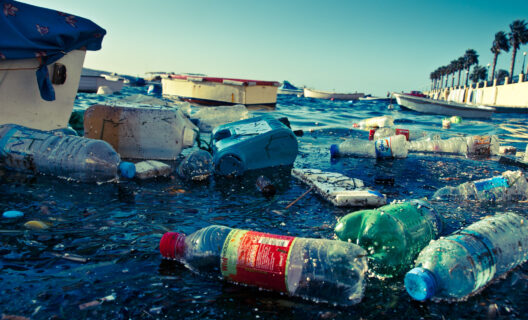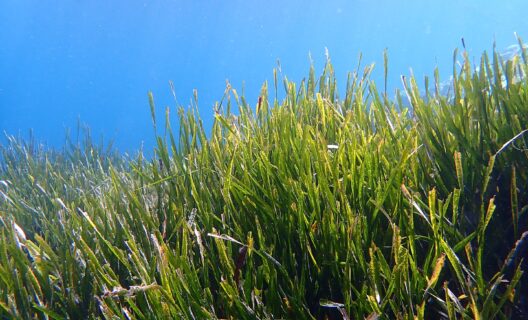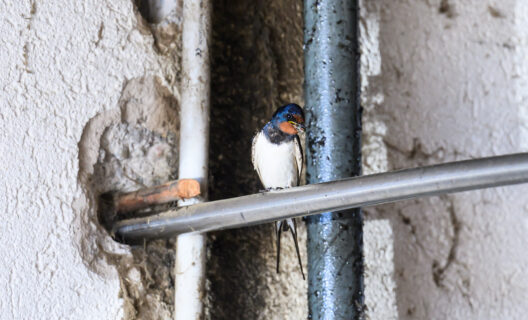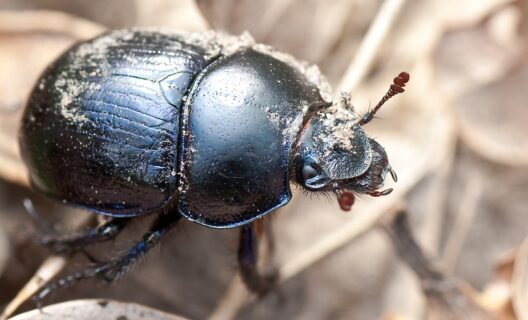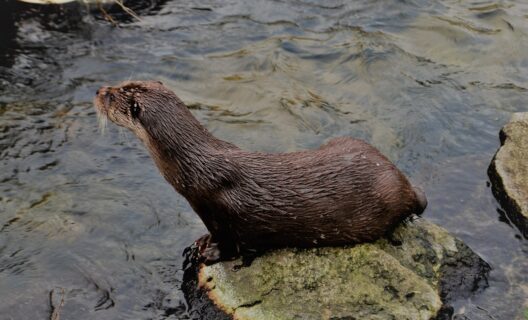
Discovering the earth’s oldest ocean
Reading time
0 min
Gaia Blu, the CNR oceanographic ship, will explore a window into Tethys’ past with the Sirens campaign
The study of Tethys, the very ancient ocean arm that separated North Africa from Europe and Asia between the Permian and Miocene, is extremely difficult: it is usually covered by sediment. However, there are unique geological windows, where rocks usually located more than 20 km deep rise to the seafloor, crossing lithospheric faults responsible for some of the most devastating earthquakes and tsunamis in the history of Italy and Europe.

Off the coast of Sicily, in the depths of the Ionian Sea, lies one of these privileged spots. Right there Gaia Blu, the CNR oceanographic ship, will start the campaign Sirens. Coordinated by Cnr-Ismar’s Alina Polonia, the research aims to take sediment samples from these intrusions from the Earth’s mantle.
With a team of scientists from the CNR (Ismar, Igg, Igag and Isp the entities involved) and the Universities of Bari and Florence, the project aims to unravel the processes that lead to the rise of deep fluids and materials.
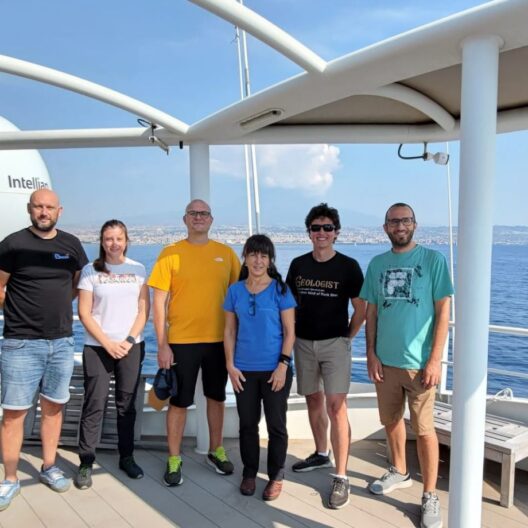
Two expected outcomes: first, crucial data will be produced to support a drilling proposal under the International Ocean Drilling Program (IODP), which could allow direct sampling of the Tethys mantle rocks and a better understanding of their nature.
In addition, the study of these rock fragments could provide new insights into how these uplifts influence the generation of earthquakes along the faults separating the Sicilian and Calabrian blocks off the Strait of Messina.




